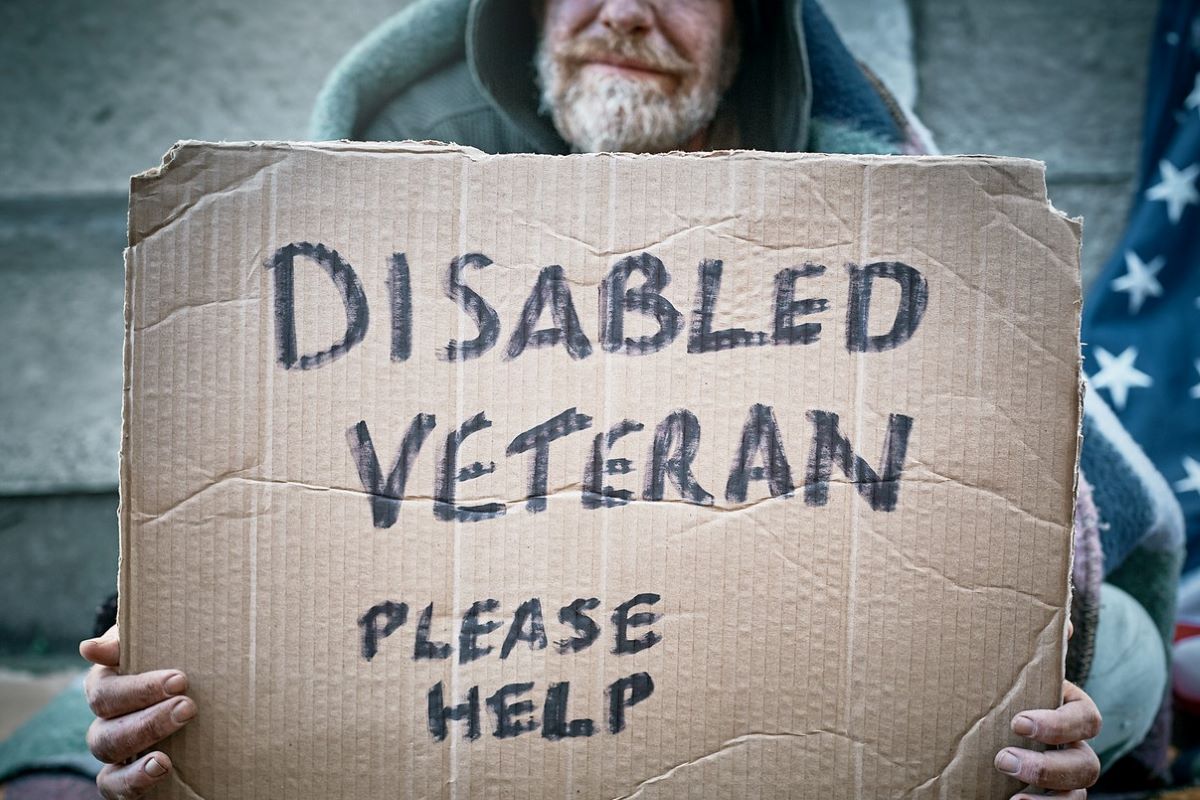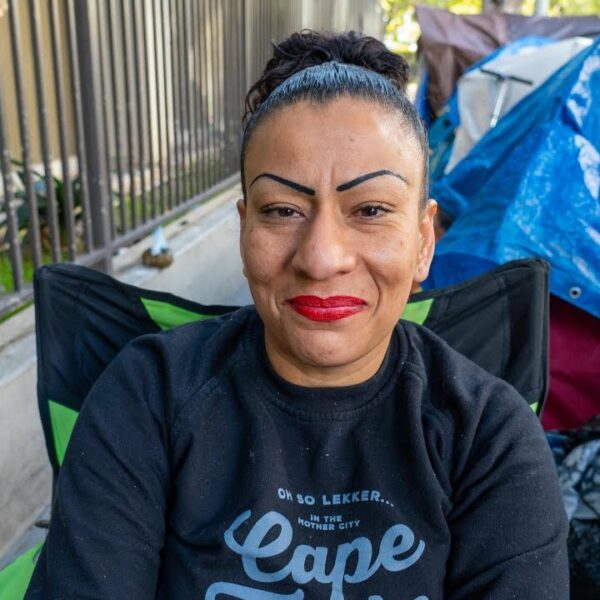In a city infamous for its rising levels of homelessness, the number of homeless veterans has started to plateau
The homeless people of Los Angeles frequently make the news.
In fact, they’re some of the country’s most famous.
As the levels of homelessness in the city rise to unprecedented levels, more and more articles and news segments come out about Los Angeles’s homeless crisis and what’s to be done about it.
This article is a bit different.
I want to focus on a particular segment of LA’s homeless people – homeless veterans.
Because, as headcounts skyrocket for other types of homelessness, the numbers of homeless veterans in Los Angeles are actually leveling off, and even dipping a bit.
Let’s take a look at why that might be.
First, the Numbers
Last month, LAHSA released its annual count of homeless people sleeping on the streets or in temporary shelters in the area.
The results were not great, to say the least.
After a promising decrease in last year’s report and lots of effort being put into programs meant to address homelessness, seeing homelessness rise 16% within the city of Los Angeles was a shocking disappointment for many.
In spite of this overall rise, the number of homeless veterans in the county has begun to decrease.
Making up 7% of the counted homeless population, there were 3,879 homeless veterans counted this year. These numbers are in line with the number of veterans in the general population, which is also about 7 percent.
Last year, there were 3,886, making up 10% of the homeless population at large.
Furthermore, the number of “chronically homeless veterans” decreased from 1,521 to 1,302.
While these numbers may not yet be statistically significant, I’m sure the difference is quite significant for those veterans who managed to escape homelessness this year.
What Does This Mean?
Los Angeles county’s levels of homeless veterans are at a standstill.
That may not sound like much. But when all other types of homelessness are increasing by huge amounts, it looks a lot better, doesn’t it?
And many of these homeless veterans are relatively new to the scene. LA programs helped to house 2,800 homeless veterans last year. But this year almost as many veterans became newly homeless.
Here we have a system that is almost working. But since we’re not likely to stop making new veterans anytime soon, the race to help those falling into homelessness is being run on a treadmill.
The numbers can offer homelessness sector workers something to celebrate in a landscape that all too often feels like a hopeless, uphill battle with no support.
It may also provide a lesson for further homelessness relief efforts.
What’s Making the Difference?
The big question that comes from these numbers is, of course, what’s the difference? How and why are the numbers of homeless veterans gradually decreasing while all other types of homelessness seem to be exploding?
The answer may lie in the federal budget.
Rent vouchers, treatment programs, transitional residence programs, and veteran-specific outreach personnel are just some of the things that the federal government is funding to try and address the homeless veteran population in LA and beyond.
Of course, local government and NGOs are involved as well, and their efforts are only ramping up. In fact, plans are in the works for a massive overhaul of the sprawling, 388-acre West LA VA complex. It will be completely renovated, updated, and equipped with permanent veteran housing and services.
The plan is extensive. When finished, it would provide room for more than 1,200 units of permanent, supportive veteran housing connected to resources like a VA hospital, community center, mental healthcare, activities, and more.
These are all programs available exclusively to homeless veterans, and, by the numbers, they seem to be working pretty well.
Perhaps they would work for the rest of the homeless population as well. Perhaps, if these programs manage to take the numbers of homeless veterans down to zero, they’ll turn their resources toward the rest of the homeless population.
Speaking of zero, let’s talk about that for a minute since it seems to mean different things to different people.
Contradictory Accounts Around Functional Zero
The United States Interagency Council on Homelessness (USICH) has claimed that 71 cities in the US have achieved “zero” when it comes to veteran homelessness.
However, Built for Zero, an effort dedicated to ending chronic and veteran homelessness, have the count listed at 9.
So, which is it, and how can there be such a wide discrepancy?
Well, the difference in accounting actually comes from a fundamental difference in each organization’s definition of zero.
USICH uses a functional zero, meaning basically that their 71 cities have ended veteran homelessness on a spreadsheet.
In practice, it means that the number of homeless veterans at any point in time is less than the average number of veterans being placed in permanent housing. That’s a good goal, but the definition does leave a little wiggle room for people to slip through the cracks.
It’s certainly not a bad thing. It’s just that ending veteran homelessness in actuality, on the streets, is a better thing.
It is good to have a safety net in place, ready to catch homeless veterans that may fall into it. It’s even better to not need it.
And, if you publicly claim to have completely ended veteran homelessness, but then it turns out there are still homeless veterans around, people become confused and distrustful.
Organizations need to either do a great job educating the public on what functional zero actually means, or else save the public celebrations for when they hit actual zero.
A Tentatively Hopeful Future
These numbers show the homeless veteran population is heading in the right direction – down.
The change is slow. And it might be a while before we reach any type of zero. Hopefully these small wins will add momentum and motivation to continue the programs that are making a difference.













